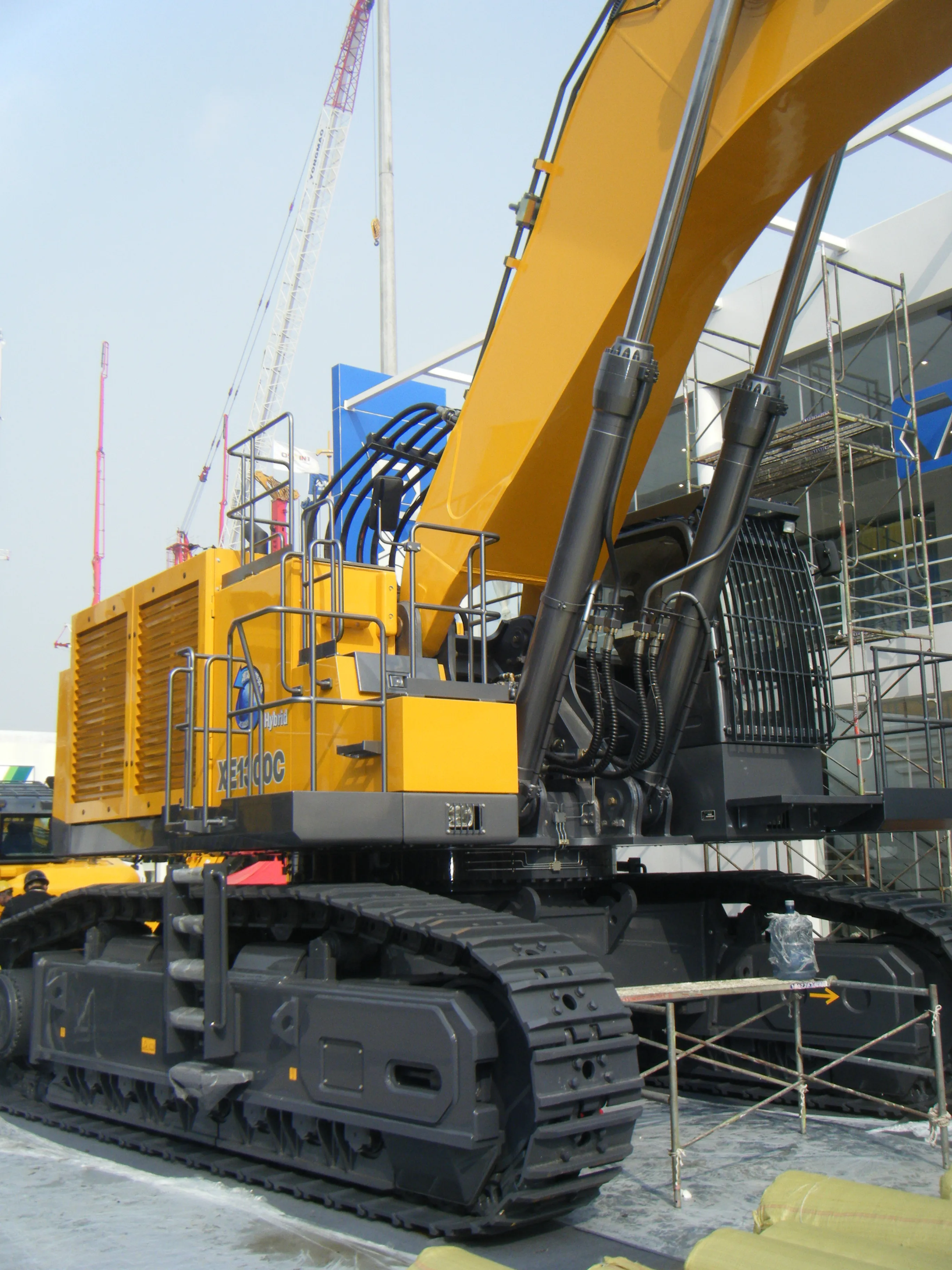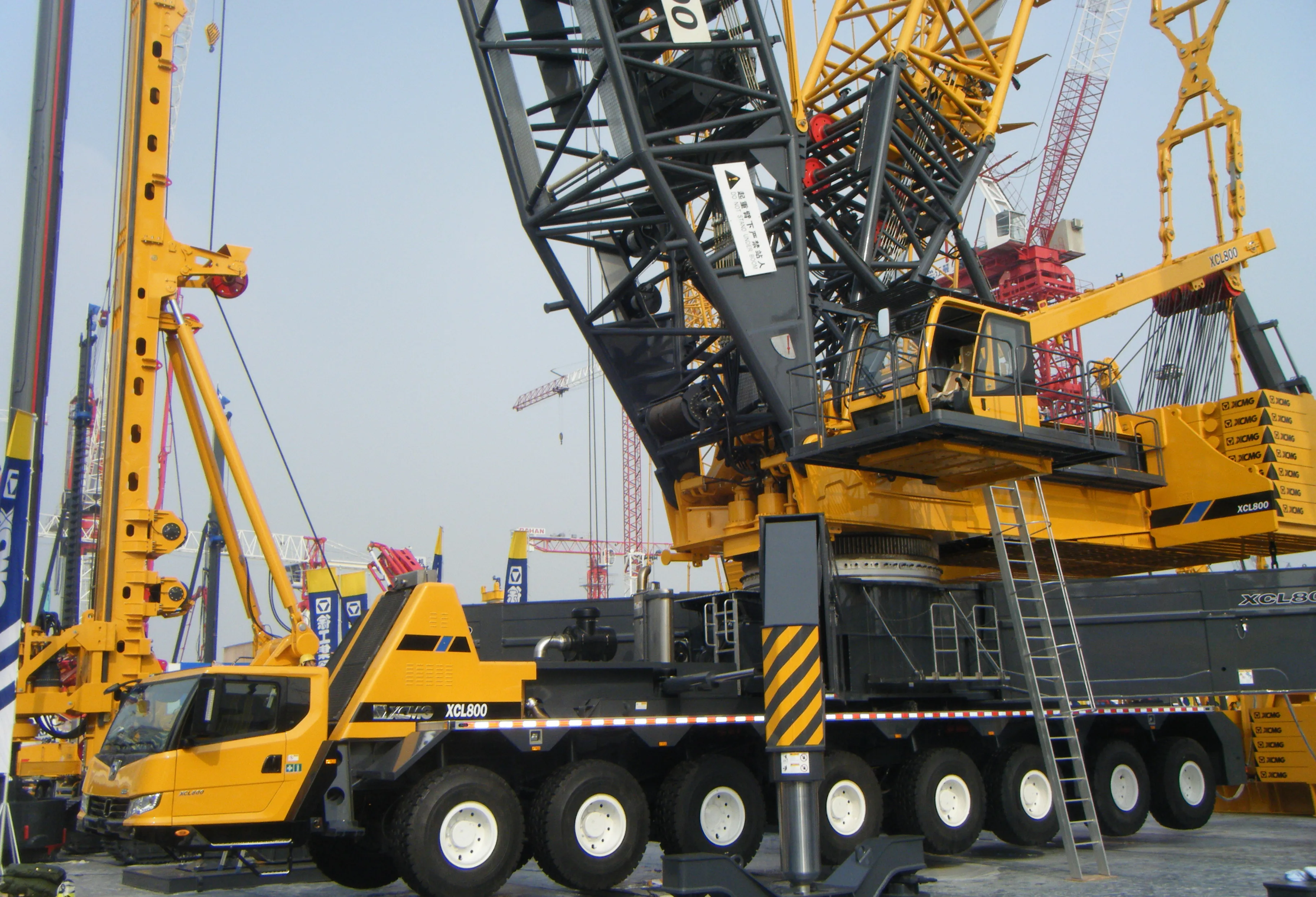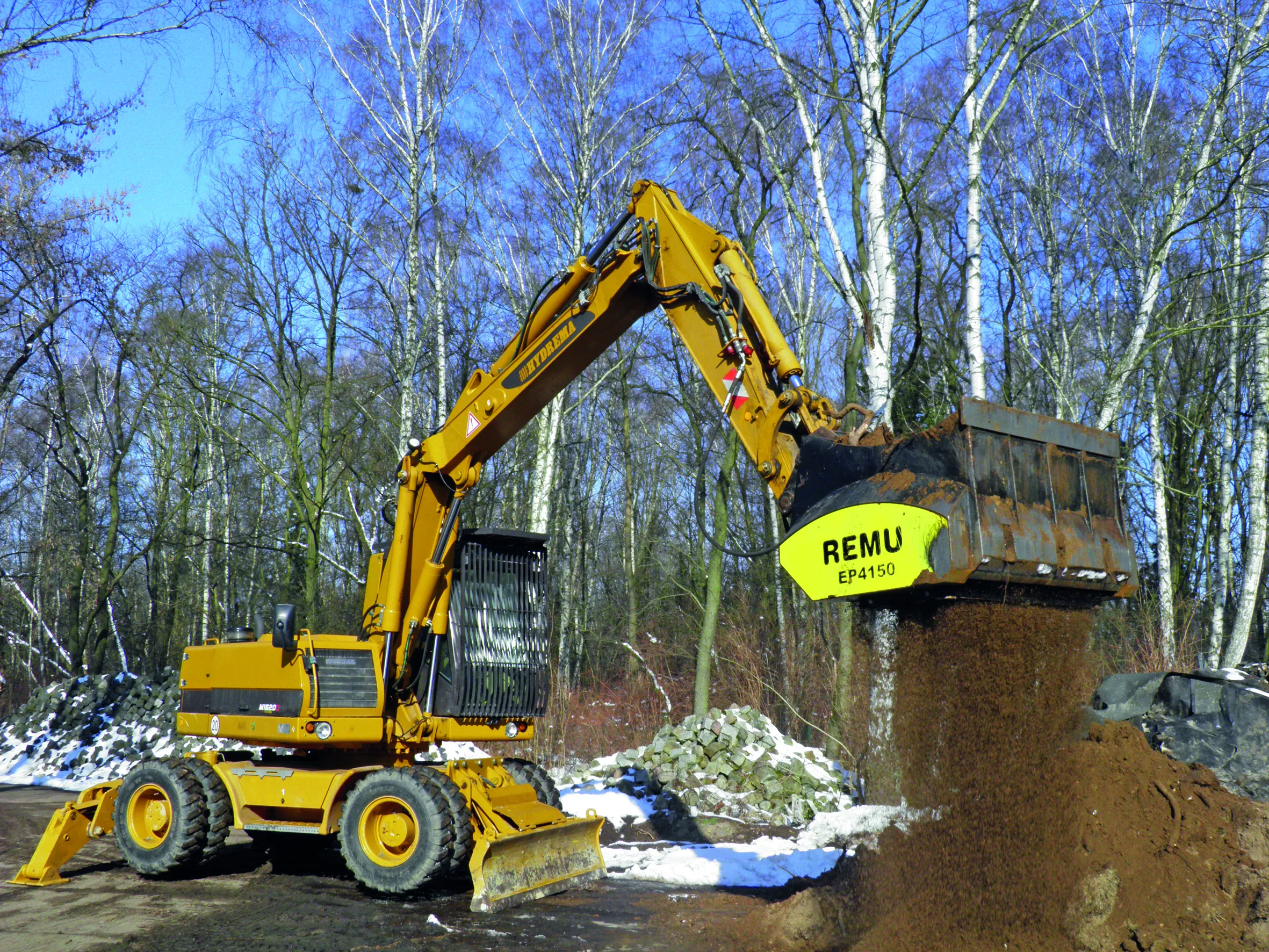The US-based Association of Equipment Manufacturers (AEM) has revealed data showing that exports of construction equipment dropped 25% in 2013 compared to the previous year. The exports of machines were worth some US$$20 billion in all. The data comes from the US Commerce Department and is being highlighted in the AEM’s trend reports. According to the information, all world regions recorded declines in imports of construction machines.
February 27, 2014
Read time: 2 mins

The US-based 1100 Association of Equipment Manufacturers (AEM) has revealed data showing that exports of construction equipment dropped 25% in 2013 compared to the previous year. The exports of machines were worth some US$$20 billion in all. The data comes from the US Commerce Department and is being highlighted in the AEM’s trend reports. According to the information, all world regions recorded declines in imports of construction machines.
The AEM noted that the 25% decline for 2013 follows three years of export growth (13% in 2012, 43% in 2011 and 28% in 2010), after a 2009 decline of 38% in the depths of the recession. Exports to Europe declined 19% for a Total $2.6 billion, and dropped 16% to Canada for a Total $6.8 billion, while exports to Asia decreased 33% to $2.1 billion. Exports to Central America dropped 2% to $2.2 billion, with exports to South America declining 22% to $3.6 billion. Australia/Oceania’s export purchases decreased 66% to $1.3 billion, while exports to Africa dropped 13% to $1.3 billion. The top export destinations for American-made construction machinery in 2013 by dollar volume were Canada - $6.8 billion, down 16%, followed by Mexico - $1.8 billion, down 1%, Australia - $1.2 billion, down 68% and Chile - $999 million, down 40%.
www.aem.org
The AEM noted that the 25% decline for 2013 follows three years of export growth (13% in 2012, 43% in 2011 and 28% in 2010), after a 2009 decline of 38% in the depths of the recession. Exports to Europe declined 19% for a Total $2.6 billion, and dropped 16% to Canada for a Total $6.8 billion, while exports to Asia decreased 33% to $2.1 billion. Exports to Central America dropped 2% to $2.2 billion, with exports to South America declining 22% to $3.6 billion. Australia/Oceania’s export purchases decreased 66% to $1.3 billion, while exports to Africa dropped 13% to $1.3 billion. The top export destinations for American-made construction machinery in 2013 by dollar volume were Canada - $6.8 billion, down 16%, followed by Mexico - $1.8 billion, down 1%, Australia - $1.2 billion, down 68% and Chile - $999 million, down 40%.
www.aem.org








